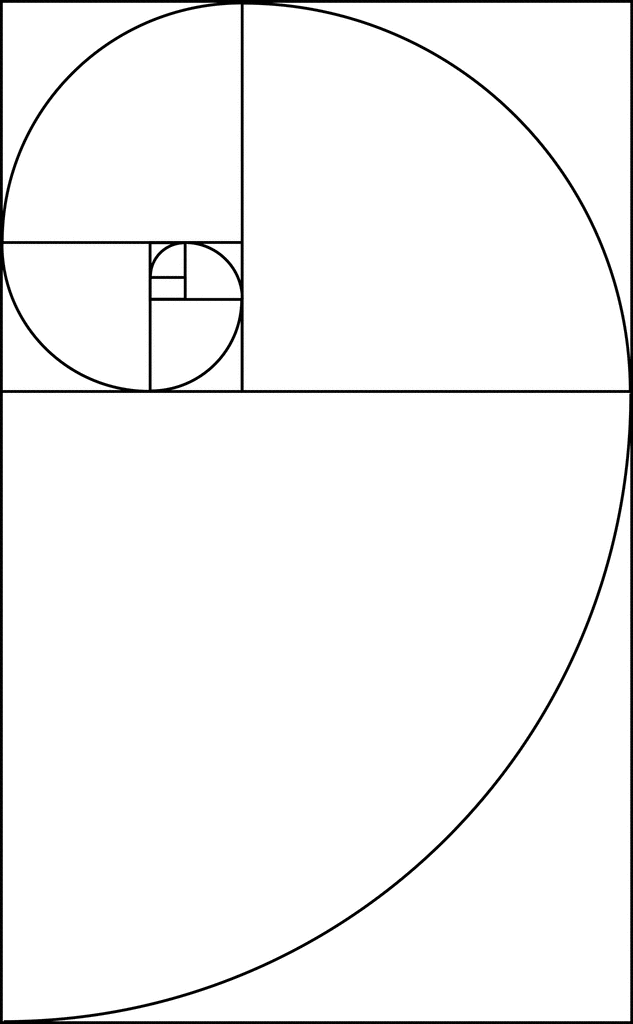
The Golden Ratio also referred to as the Golden Mean or Divine Proportion, is a mathematical ratio with its roots in the Fibonacci sequence.
GOLDEN RECTANGLE AND ART HOW TO
How to use the Golden Ratio in graphic design How to create the Golden Ratio yourselfį. The Golden Ratio & the Fibonacci sequenceĮ.

So, let’s dive right in, starting with the Golden Ratio definition.ī. This doesn’t mean that just using this theory will suddenly make everything look beautiful, but it will be of great help for everyone who’s looking to achieve equilibrium. The Golden Ratio is an example that math can help fine arts. But, as humans, we do search for balance.Īnd here’s where the Golden Ratio comes to help whenever we want to create something harmonious. It can simply be Art for Art’s Sake, like many writers and artists believe(d).īeauty exists. If I am composing a painting out of my imagination, it is usually much easier to use phi and I tend to make extensive use of it, as can be seen in my painting of “Tommy” below, where I have projected the ratios onto the final painting.There’s no need for us to find a reason or specific explanations when it comes to art. These can be vertical, horizontal, diagonal or spiral.
GOLDEN RECTANGLE AND ART SOFTWARE
I use a handy piece of software called PhiMatrix ( ) that enables you to lay lines over an image to see where Golden Ratios may be present. It is often necessary to crop the image, so that phi can be applied. If I am using a reference photograph, I first look to see if there are any elements of it where Golden Ratios can be used. Most of my paintings are riddled with dimensions based on phi. I am a strong advocate of using golden sections when planning my paintings. You can see the extract here: "Donald in Mathmagic Land".
GOLDEN RECTANGLE AND ART MOVIE
Walt Disney produced a fascinating short movie in 1959 called "Donald in Mathmagic Land" in which he explains to Donald Duck the numerous ways the Golden Section appeasrs in mathematics, art and nature. Toyota), automobiles, consumer goods and buildings (e.g., the Taj Mahal and the Acropolis in Athens). It is also used deliberately in industry for the design of logos (e.g. Nevertheless, it appears to have been used by Leonardo Da Vinci (notably in “The Last Supper), Salvador Dali (in his painting “The Sacrament of the Last Supper”, which is painted on a golden section canvas) and several others. However, some think that these claims tend to be exaggerated.

There are numerous claims of how the Golden Ratio appears prominently in art, architecture, sculpture, anatomy, etc.

However, Phi is simply the ratio of line segments that result when a line is divided as shown below. If you want more information, there is plenty on the Internet. I do not want to bore you with the mathematics associated with phi and the Golden Section but in simple terms, they can be shown in the diagrams below. Its mathematical cousin is the Fibonacci Sequence (0, 1, 1, 2, 3, 5, 8, 13, 21 …). Phi with an upper case “P” is 1.618…, while phi with a lower case “p” is 0.618…, the reciprocal of Phi and also Phi minus 1. It is normally denoted by “Phi” ø (most often pronounced fi like "fly") and the number 1.618. The Golden Ratio, also known as the divine proportion, golden mean, or golden section, is a number often encountered when taking the ratios of distances in simple geometric figures such as the pentagon. I believe that this gives my paintings a better balance than using the more traditional "rule of thirds". You may note that the position of the sun or some other key feature or length often fits this ratio. I am a strong advocate for using the Golden Ratio (Phi - 1:1.618) in my paintings.


 0 kommentar(er)
0 kommentar(er)
